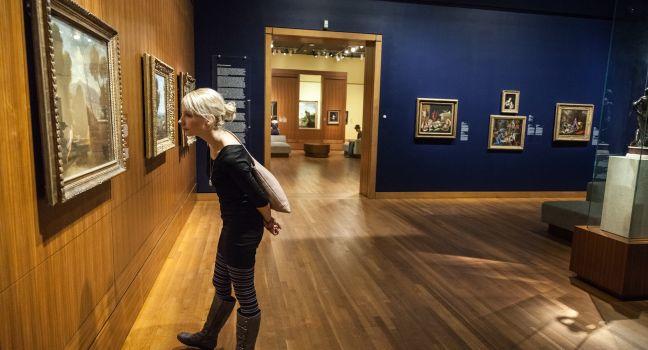Christ Church Cathedral
The seat of the Anglican (Episcopalian) bishop of Montréal offers downtown shoppers and strollers a respite from the hustle and bustle of rue Ste-Catherine, with free noontime concerts and organ recitals. Built in 1859, the cathedral is modeled on Snettisham Parish Church in Norfolk, England, with some distinctly Canadian touches. The steeple, for example, is made with aluminum plates molded to simulate stone, and inside, the Gothic arches are crowned with carvings of the types of foliage growing on Mont-Royal when the church was built. The stained-glass windows behind the main altar, installed in the early 1920s as a memorial to the dead of World War I, show scenes from the life of Christ. On the wall just above and to the left of the pulpit is the Coventry Cross; it's made of nails taken from the ruins of Britain's Coventry Cathedral, destroyed by German bombing in 1940. Free Saturday group tours can be arranged by calling the office.




